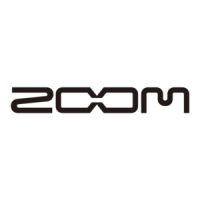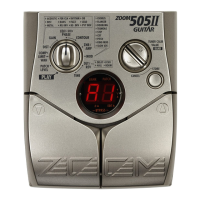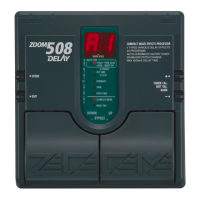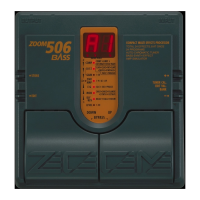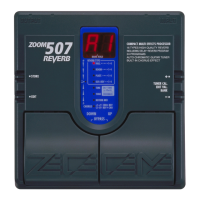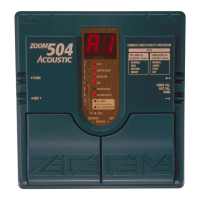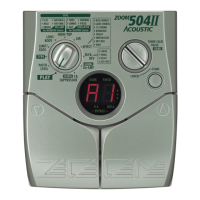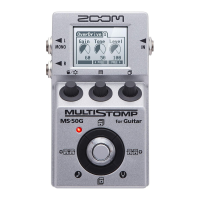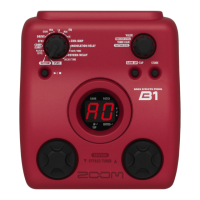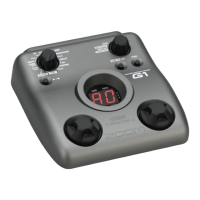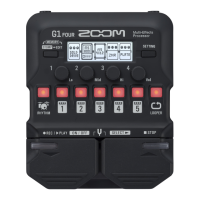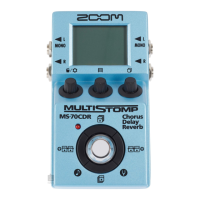Operation Manual
SAFETY PRECAUTIONS •••••••••••••••••••••• 2
Features
••••••••••••••••••••••••••••••••••••• 3
Terms Used in This Manual
••••••••••••••••••• 4
Using the unit on batteries
••••••••••••••••••• 5
Controls and Functions
•••••••••••••••••••••• 6
Selecting Patches for Play
•••••••••••••••••••• 8
Using the Tuner Function
•••••••••••••••••••• 10
Editing a Patch
••••••••••••••••••••••••••••• 12
Storing/Copying Patches
•••••••••••••••••••• 14
Changing the "Patch Call" Method
••••••••••• 16
Using the Optional Pedal
•••••••••••••••••••• 18
Restoring Factory Defaults
•••••••••••••••••• 19
Linking Effects
•••••••••••••••••••••••••••••• 20
Effect Types and Parameters
•••••••••••••••• 21
Specifications
•••••••••••••••••••••••••••••• 31
Usage Precautions
•••••••••••••••••••••••••• 31
Patch List
Troubleshooting
Contents
Introduction
Thank you for selecting the ZOOM 505 II (hereafter
simply called the "505 II").
Please take the time to read this manual carefully so as to
get the most out of the unit and to ensure optimum
performance and reliability.
Retain this manual, the warranty card and all other
documentation for future reference.
